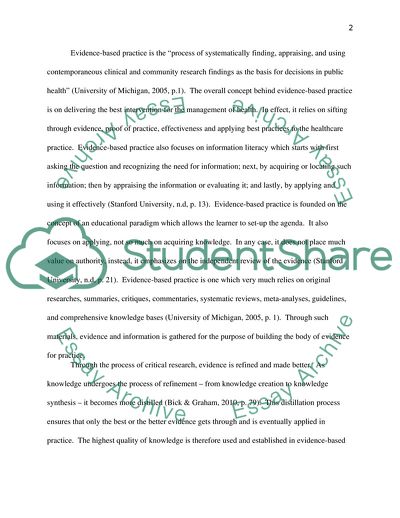Cite this document
(Evidence-Based Health and Healthcare Report Example | Topics and Well Written Essays - 2000 words, n.d.)
Evidence-Based Health and Healthcare Report Example | Topics and Well Written Essays - 2000 words. https://studentshare.org/health-sciences-medicine/1740791-evidence-based-health-and-healthcare
Evidence-Based Health and Healthcare Report Example | Topics and Well Written Essays - 2000 words. https://studentshare.org/health-sciences-medicine/1740791-evidence-based-health-and-healthcare
(Evidence-Based Health and Healthcare Report Example | Topics and Well Written Essays - 2000 Words)
Evidence-Based Health and Healthcare Report Example | Topics and Well Written Essays - 2000 Words. https://studentshare.org/health-sciences-medicine/1740791-evidence-based-health-and-healthcare.
Evidence-Based Health and Healthcare Report Example | Topics and Well Written Essays - 2000 Words. https://studentshare.org/health-sciences-medicine/1740791-evidence-based-health-and-healthcare.
“Evidence-Based Health and Healthcare Report Example | Topics and Well Written Essays - 2000 Words”. https://studentshare.org/health-sciences-medicine/1740791-evidence-based-health-and-healthcare.


